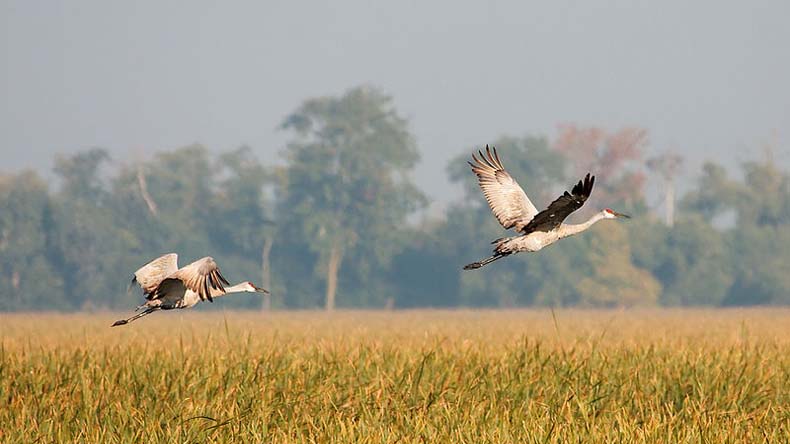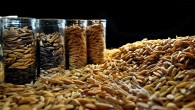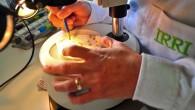In Southeast Asia, as mechanization increases, there is a need to evaluate the impact of how related changes in farming practices affect biodiversity. Furthermore, because of the large land area grown for rice, and the disproportionate share of agro-chemical inputs used to produce it in Southeast Asia, improving...
TRENDING Topics
















